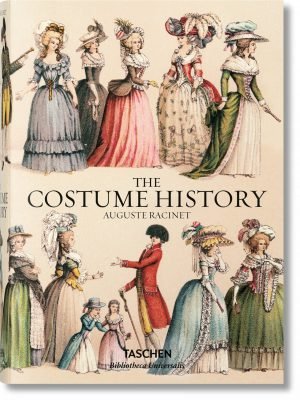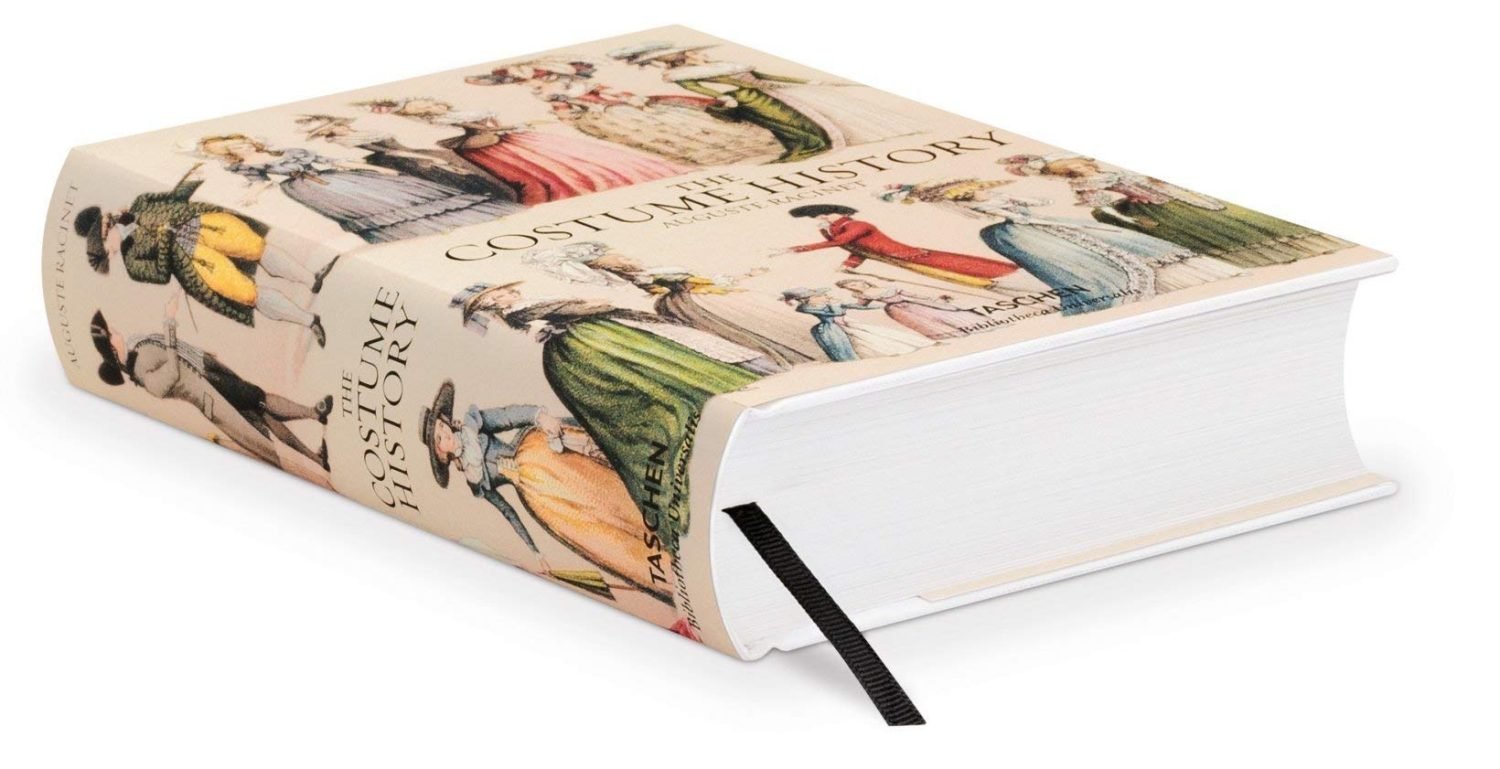
SCOTLAND. COSTUMES OF THE MOUNTAIN DWELLERS. THE WOMEN. RIDER AND HORSE. – OFFENSIVE AND DEFENSIVE WEAPONS.
- No. 2 Young girl from the Sinclair clan. Blue skirt, indigenous fabric. Long sash with the breacan of the clan, wrapping the head and falling down in front, formerly held over the chest by a metal brooch. The feet are naked.
- No. 4. man of the clan Colqhon. 18th century. Flat cap with the branches of the clan. Doublet with copper buttons. Long plaid, held on the shoulder by a buckle. Trousers, trews , with the breacan of the plaid. Bandelier with the claymore. Belt with buckle. Cut out shoes, tied over the instep.
- No. 6 Banarach, milkmaid; clan of the Mac-Nicols. She carries the milk bucket in one hand, cuman, and a rope in the other to fasten it over her back. A special feature of her costume is the tonag or guailleachan, a career tartan held together by a large silver buckle.
- No. 11. Old man of the Farquharson clan; fellow combatant in the battle of Culloden (1746). Plaid, fheile-beag (skirt) and moggans (stockings) with the breacan of the clan. Red garters. Lace-up shoes. In the hand the tuagh-cath, a kind of pike with axe like edge.
- No. 13. woman with the arisaid. Clan of the Urqharts. The arisaid, a kind of plaid that is no longer in use, covers the head and is pulled down to the waist, where it is held by a long leather belt with silver decorations. Plaited hair with red bows. Muslin breast cloth with brooch. Striped skirt. Buckled shoes.
- No. 15. Arisaid. Clan of the Mathesons. Yellow striped arisaid, on the chest by a big brooch, in the waist held by a belt. Bodice of scarlet cloth with silver braid and buttons with precious stones. Braided hair with bows. The boy wears the kilt or fheile-beag in tartan and cuarans in deerskin.
- No. 17th rider; Clan Mac-Niels. Close fitting trews (trousers). Jaquette, belted at the waist. Bag and powder horn. Plaid, fastened on the shoulder by a buckle. Long hunting rifle. Flat cap with the plant of the clan. The riding gear is very old-fashioned and simple, consisting of hair braiding and a saddle made of buckskin.
Details of the costume.
- No. 5. high boot made of deerskin; Clan Mac-Ivor.
- No. 8. lace-up shoe of Clan Chisholm.
- No 10. sporran (hunting bag) of the same clan. Metal mount; the bag itself is made of fur with silver thread tassels.
- No. 12. bag of the Clan Mac-Lean with short leather straps ending in silk tassels, used for closure.
- No. 19. sporran of the clan Clar-Innis. Offensive and defensive weapons.
- No. 1 Bidag, dagger knife; clan of the Frasers; 18th century.
- No. 3. bidag, inserted into the moggans. Clan of the Guns.
- No. 7 and 16th Old targaids, remarkable for the long blade instead of the hump, in use until the Battle of Fontenoy.
- No. 9. targaid the Mac-Lachlaim, with small hump, capan.
- Nos. 14 and 18th claymores of the 17th century after the originals in the Artillery Museum in Paris. – No. 14. Louis XIV period with black velvet trim. – No. 18. early 17th century, with closed basket.
Illustrations after The clans of the Scottish Highlands with drawings by Robert Ronald M. Jan and text by James Logan; London, 1857.
Source: History of the costume in chronological development by Auguste Racinet. Edited by Adolf Rosenberg. Berlin 1888.








